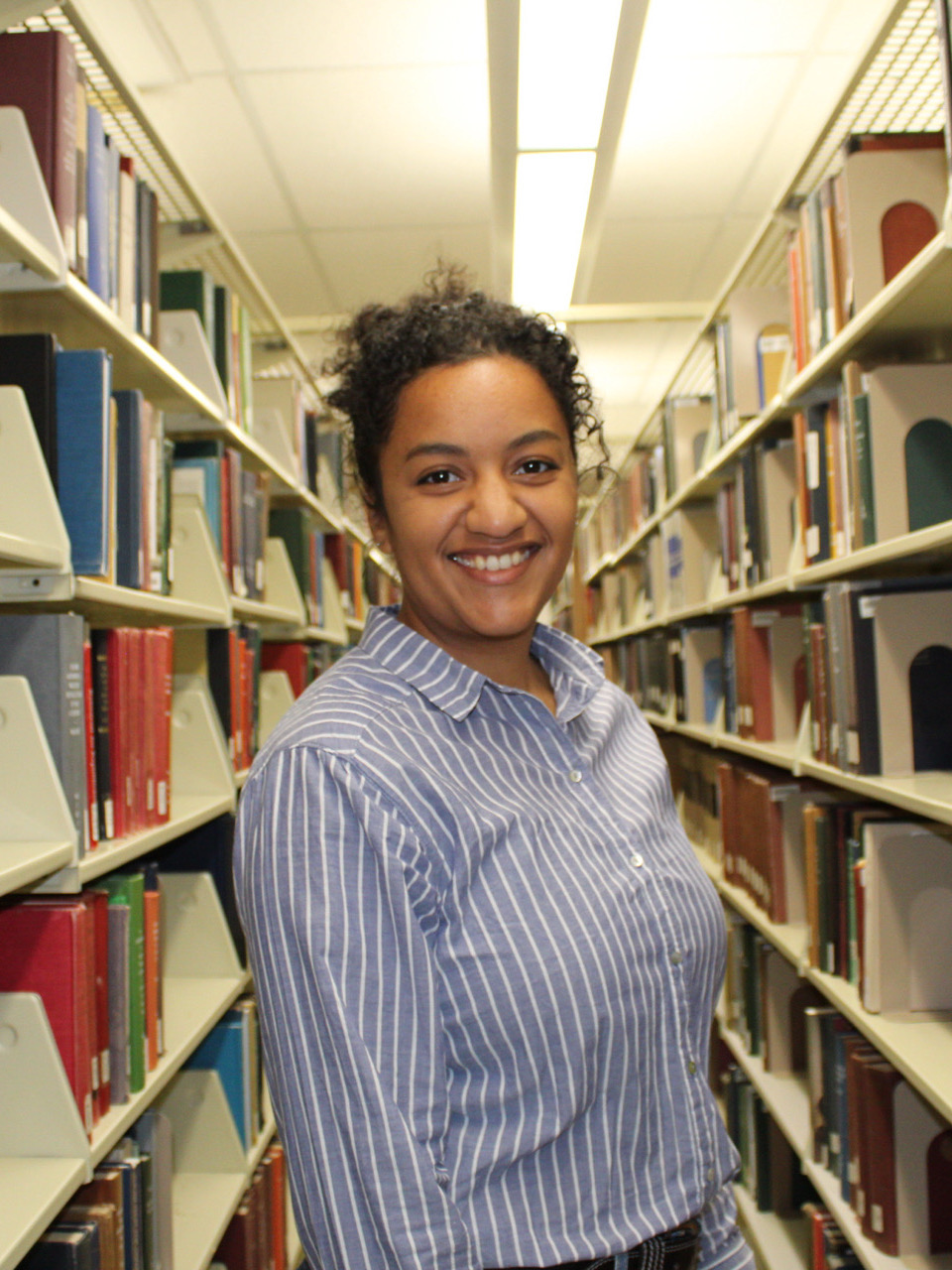Dr. Naomi Rowe-Gurney
In Poster Session Uranus and Neptune on Wednesday, October 4, 2022 ET, 3:30-5:00pm CT, Program Number: 323.02
Observing the Ice Giants with Hubble and Keck to Enhance Cycle 1 JWST Data
N. Rowe-Gurney1,2, M. Roman3, A. Simon2, L. Fletcher3, I. de Pater4, H. Hammel5; H. Melin3, S. Milam1, D. Qasim6, O. King3
1NASA Goddard Space Flight Center, 2University of Maryland, 3University of Leicester, 4University of California, Berkeley, 5AURA, 6Southwest Research Institute
In January and June 2023, the JWST successfully captured exceptional near- and mid-infrared spectra of Uranus and Neptune, via Guaranteed Time Observations (GTO) in Cycle 1 (Programs 1248 and 1249). These data, from the MIRI and NIRSpec instruments, captured new, critical information on their atmospheric temperatures, their chemical structures, and the flow of energy between their cloud-forming weather layer and their middle and upper atmospheres. However, this provides only brief snapshots of these two highly dynamic worlds, requiring temporal context to understand how the atmospheres have varied with time, and spatial context to understand the distribution of meteorological features during the JWST observations. The Hubble Space Telescope (HST) GO 17187 campaign offers a critical extension of spectral coverage into the visible that can detect important features like dark spots and their bright cloud companions. HST is the only facility capable of the high-resolution at visible- specifically blue- wavelengths.
We showcase the HST images and findings from this campaign and highlight how it provided complementary, comparative, and synergistic science alongside the JWST and Keck observations of these distant worlds. We use these images to compare to 1990’s and Outer Planet Atmospheres Legacy (OPAL) Hubble data to provide long term temporal context. The small time differences between the HST and JWST datasets (on the order of a few days) allow us to look at the cloud evolution on both planets.
At Uranus, we view an emerging north pole and evolution of the famous polar cap with enough spatial resolution to view multiple mid-latitude discreet cloud features. Neptune has an uncharacteristic lack of cloud activity, though we did capture a large cloud complex in the south polar region. This cloud complex was also viewed with JWST and Keck for direct comparison. Keck captured 4 nights of Neptune observations in a row to be able to track the evolution and short timescales of clouds at this famously dynamic planet.
See the meeting website to view the full DPS 2023 program.
See this DPS page to learn more about the DPS-NSBP Partnership and Dr. Rowe-Gurney’s selection as the 2022 DPS-NSBP Speaker.

